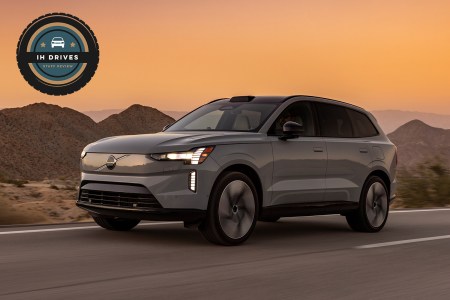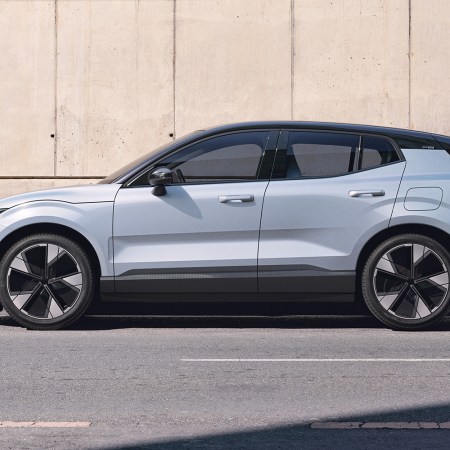Watching automakers announce and then revise their electrification goals over the last few years has been something the experience of watching a particularly twisty Formula 1 course. It’s become a familiar narrative: companies going all-in on EVs walking back their goals somewhat, or factoring in the growing popularity of hybrid vehicles into the mix.
Given that Volvo has been hit less hard by slowing EV sales, it’s a little surprising to see them in this camp as well. But earlier this month, the automaker declared that it no longer anticipated that it would be fully electric by 2030. In a recent interview with The Verge’s Andrew J. Hawkins, the automaker’s head of global sustainability, Vanessa Butani, explained the factors that informed that decision — and it went well beyond EV sales numbers.
Butani called going fully electric “the right thing to do,” but listed a number of reasons why Volvo was slowing down that process. “[W]e need collaboration in our industry and outside of our industry to make sure that that happens,” she told The Verge — something that applies to infrastructure, among other factors.
Some of Volvo’s issues, like the aforementioned pacing of infrastructure construcion, are industry-wide. Others are more specific to Volvo: Butani mentioned that the U.S.’s planned tariffs on Chinese-made EVs led Volvo to change its plans for the affordably-priced EX30 SUV. The automaker, Hawkins reports, will shift its production to European facilities — but that means that you won’t see an EX30 for sale in the U.S. until sometime next year.
Review: Is Volvo’s EX90 the Family EV You’ve Been Waiting For?
Our correspondent had his eye on the three-row SUV for a long time. Last month, he finally got in the driver’s seat.The interview with Butani illustrates the myriad challenges facing automakers, governments and EV-ready consumers. It isn’t just about ambitious goals or affordable EVs: it’s about policies, manufacturing decisions and the speed at which infrastructure can be rolled out. It’s a complicated process with the highest of stakes.
This article appeared in an InsideHook newsletter. Sign up for free to get more on travel, wellness, style, drinking, and culture.

















